I’m an old woman now, and live by the sea, but I remember the Blue Mountains. I knew them well and drank from the clear streams in my youth.
Continue reading “I remember when we could drink from any mountain stream”

Open your eyes to Australia
I’m an old woman now, and live by the sea, but I remember the Blue Mountains. I knew them well and drank from the clear streams in my youth.
Continue reading “I remember when we could drink from any mountain stream”
© Keri Webb
There were just the four of us as we grew up, and the only relatives we knew of were our two grandmothers, one very reserved aunt and a wonderfully eccentric uncle. We had no cousins, no family stories, no gossip, nothing. I was somewhere in my 40’s before curiosity got the better of me … surely there were more? What about grandfathers? Who were they? Why was there no mention of them?
It was then I found myself on a fascinating journey of discovery.
Continue reading “The Life and Times of Tom – son of Third Fleet convict John Pye”
Since its early coal mining days, towards the close of the 19th century, Lithgow has developed as a scattered pattern of village environments, often with former industrial or mining sites in between. Many species of birds find these sites a tolerable habitat, especially as their recent environmental management has made them more bird-friendly.
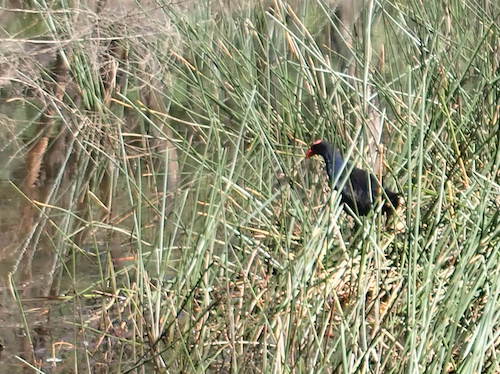
Water features in the Blue Mountains and Lithgow Local Government Areas support a variety of ducks, coots, grebes, swamp hens, moor hens, cormorants, darters and other water birds. The presence of reeds and other natural habitat surrounding the water features adds to the diversity of species.
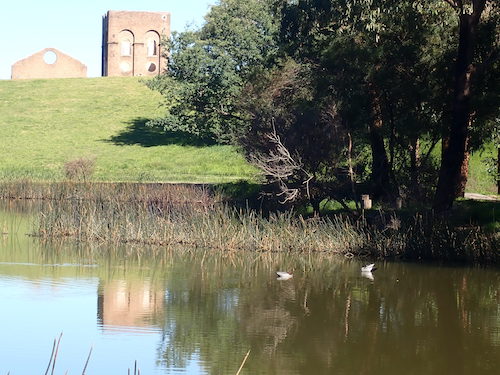
(photo by Christine Davies)
Lake Pillans was created to store water for the Lithgow Blast Furnace which opened in 1913. Attempts to establish the lake as a bird-watching area have proceeded concurrently with the rehabilitation of the blast furnace ruins as a historic site. Flame Robins have been noticed congregating in the blast furnace ruins and surrounds in winter while various water birds are usually visible in the lake reserve.
Over the summer of 2019-20, airborne embers created spot fires near the lake and rain storms washed away some of the walking paths and causeways. Nevertheless, the reserve is still accessible to visitors and the birdlife remains present.
© Don Morrison
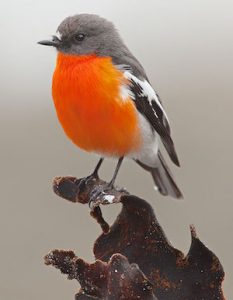
photo by Tim Collins – Own work, CC BY-SA 3.0, https://commons.wikimedia.org/w/index.php?curid=28073886
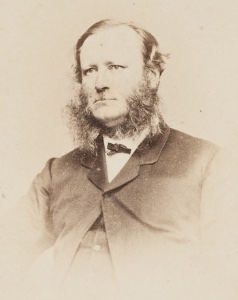
John Whitton was the Chief Engineer of NSW Railways from the late 1850s to 1890 whose major achievements include the Zig Zag viaducts (Lapstone and Lithgow) and the original Hawkesbury River bridge at Brooklyn. His memorial cairn stands in a currently sadly neglected, weed-infested reserve.
The memorial to this pioneer of access to the Blue Mountains is next to a car park accessible via Mitchells Pass Road from Glenbrook or the old highway from Emu Plains. The area has been a popular locality for exercise and fresh air for household members during the recent crisis, especially for those making the few hundred metre pilgrimage to the Knapsack Viaduct, one of the most beautiful of Whitton’s sandstone structures. It is beside the bicycle route from the new foot/cycle bridge across the Nepean to the Glenbrook Tunnel area.
Blue Mountains Council has put huge effort, with significant input from the Blue Mountains Conservation Society, into planning the future of Knapsack Park which virtually adjoins the John Whitton Memorial Place.
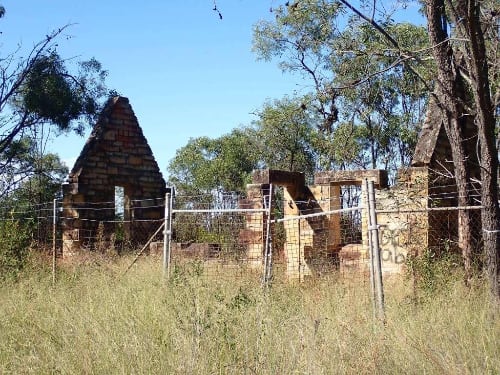
(photo by Christine Davies)
John Whitton Memorial Place is part of the so-called Western Sydney Parkland City. It is time it was festooned in layers of native vegetation as a tribute to the beautiful region that Whitton opened to the eyes of the world. It certainly deserves better than the layers of weeds, layers of graffiti and layers of State Government bureaucracy that presently bedevil it.
|
|
|